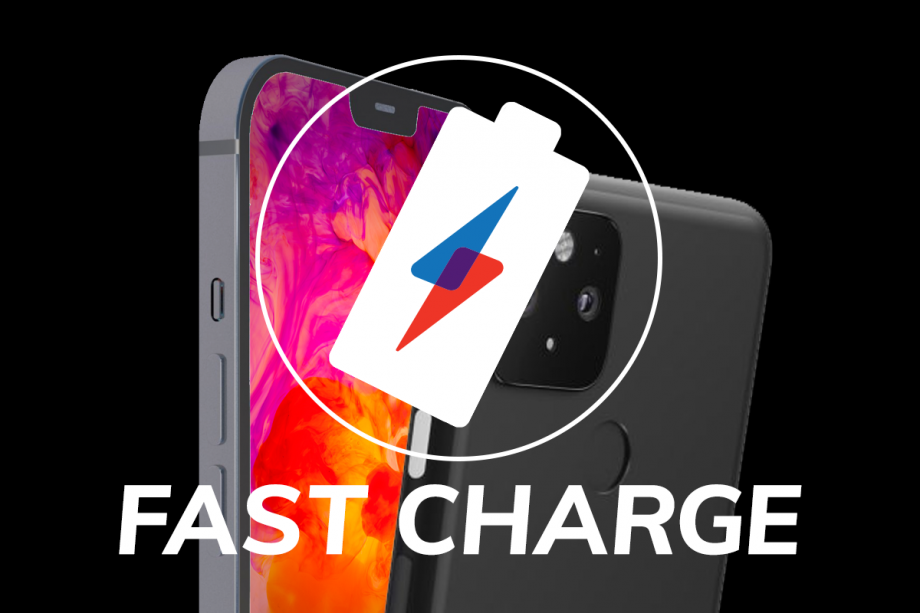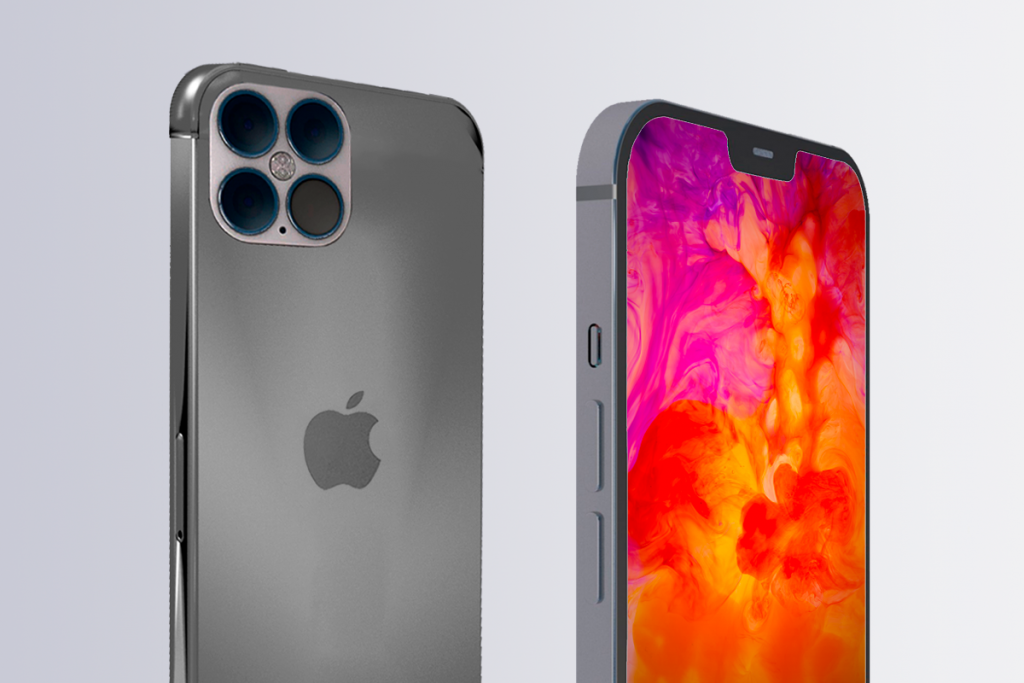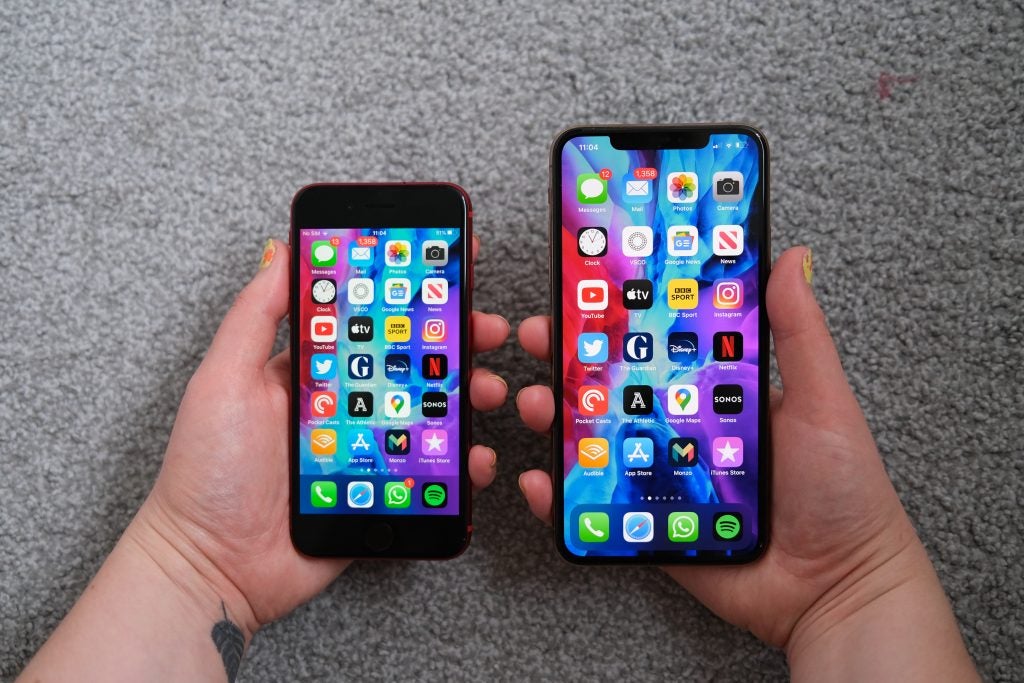Fast Charge: No matter what the iPhone 12 and Pixel 5 do, the mobile gold rush is over

It’s no secret, in most tech fan’s lives Android vs iOS has been this generation’s mods vs rockers, and for good reason.
Since smartphones became a mainstream bit of tech, they’ve become the linchpin in most people’s lives, acting as their primary source of information, communication, internet access and entertainment.
Which is why people have been very tribal when it comes to which phone they get – trust me, as a tech journalist I can confirm revealing you don’t like the same phone brand as a diehard fan is tantamount to revealing you did something unsavory to their breakfast earlier that day.
It’s this tribalism that’s led to more reddit groups than can be counted, and up until recently, a rush of increasingly expensive handsets hitting the market year-on-year as OEMs race to grab consumers’ attention and money.
It’s also why, despite the ongoing lockdown the iPhone 12 and Pixel 5 remain two of the most searched and desired items in most shiny things chasers’s wishlist.
But for me, we’re seeing the sunset on the rush and, like laptops before them, phones’ time as people’s most important purchase is ending. As a result, it doesn’t matter how good either new phone is – ultimately they’ll still be the death knell for flagship phones as we know them.
Related: Best iPhone

There’s three reasons for this. First, 5G. Phone companies have been crowing about how great 5G is for years, in some cases before we’d actually decided what the technology was. But now it’s actually being rolled out, I can’t help but agree.
The tech offers gigabit-per-second speeds that let companies offload the majority of the computational work traditionally handled by the device to the cloud. This is why services like GeForce Now let you play triple A games in high resolutions and framerates on your phone.
As 5G connectivity continues to roll out and this form of computing becomes more common the need to have a £1000 flagship phone you upgrade each year will diminish.
The second is how good phones in the mid and lower tier of the market have gotten. Take for example the newly unveiled Moto G 5G Plus or iPhone SE 2. Both handsets have cameras that are good enough for 99% of users needs, have decent specs and generally are more phone than most people will actually use. Here again, we see there’s no longer a real need to pay for a flagship anymore, as you can get a perfectly decent phone for half, if not a third, of the price.
Related: Best Android phone

iPhone SE 2 (left) vs iPhone 11 Pro Max (right)
Third, is the COVID pandemic. The uncertainty around supply chains, coupled with a general lull in consumer spending has left many holding onto their phones longer than normal. This has led many to realise they don’t need to get a new phone every, single, God, fudging year, even if Apple, Google and Samsung tell them they do.
What’s more, this isn’t just my opinion. Look at any phone sales chart and you’ll see which direction the wind is blowing for flagship phone sales. CCSInsight’s currently predicting a 13% lull in phone sales year-on-year in 2020, with the only growth areas being in the low to mid-range of the market. It also suggests in 2021-2022 the main areas that will return it to moderate growth/stability will be mid-range and 5G handsets, not true flagships.
IDC’s forecasts are similarly gloomy with it predicting a 6% slump in 2021 and a similarly cautious return to growth driven by 5G adoption and more affordable phones over the next couple of years.
Which is why, for me, the writing is on the wall and there’s no longer any denying regardless of what fancy marketing or new features Google, Apple and their ilk pull out, flagship phones time in the sun is over.


